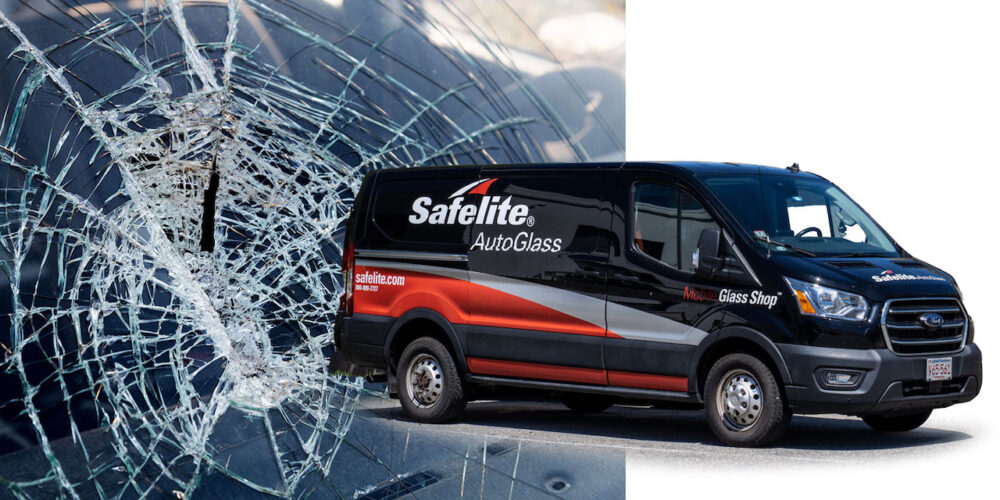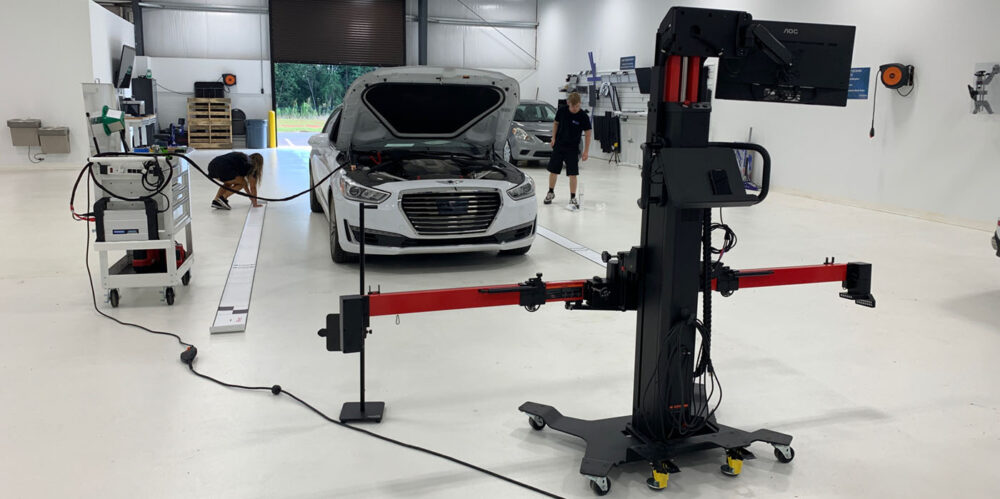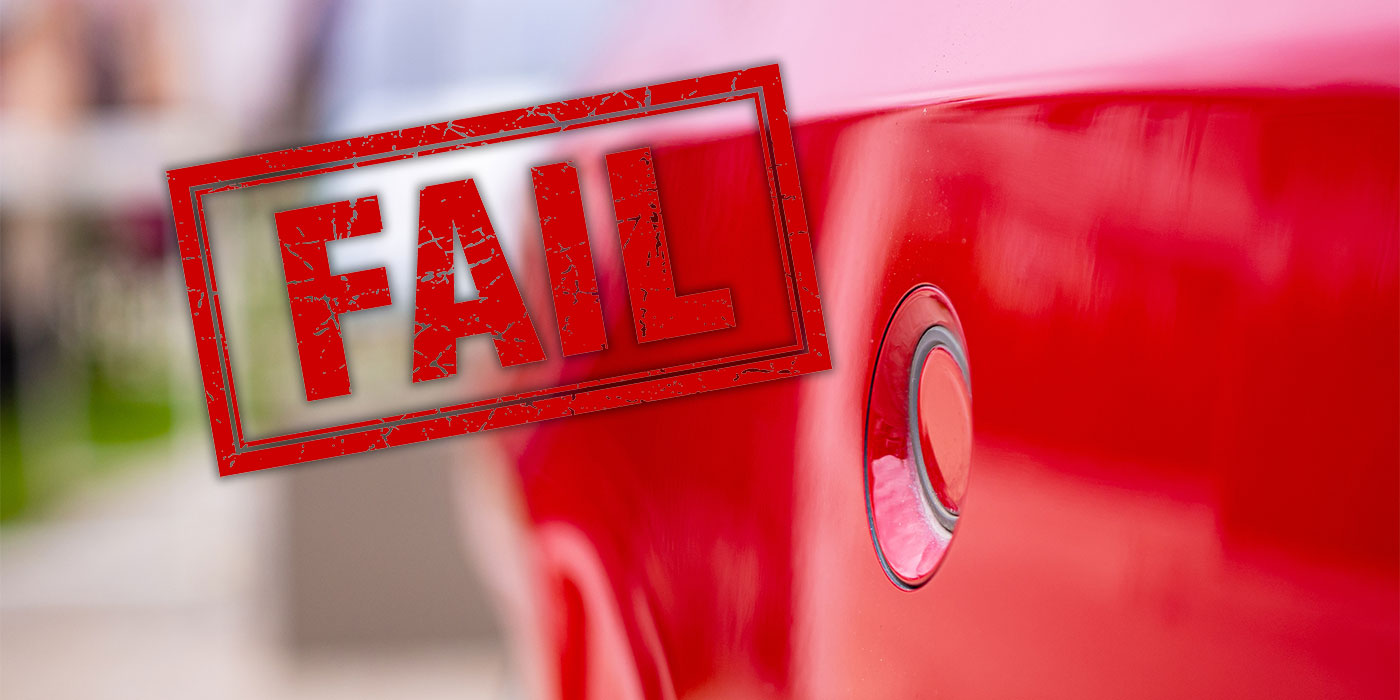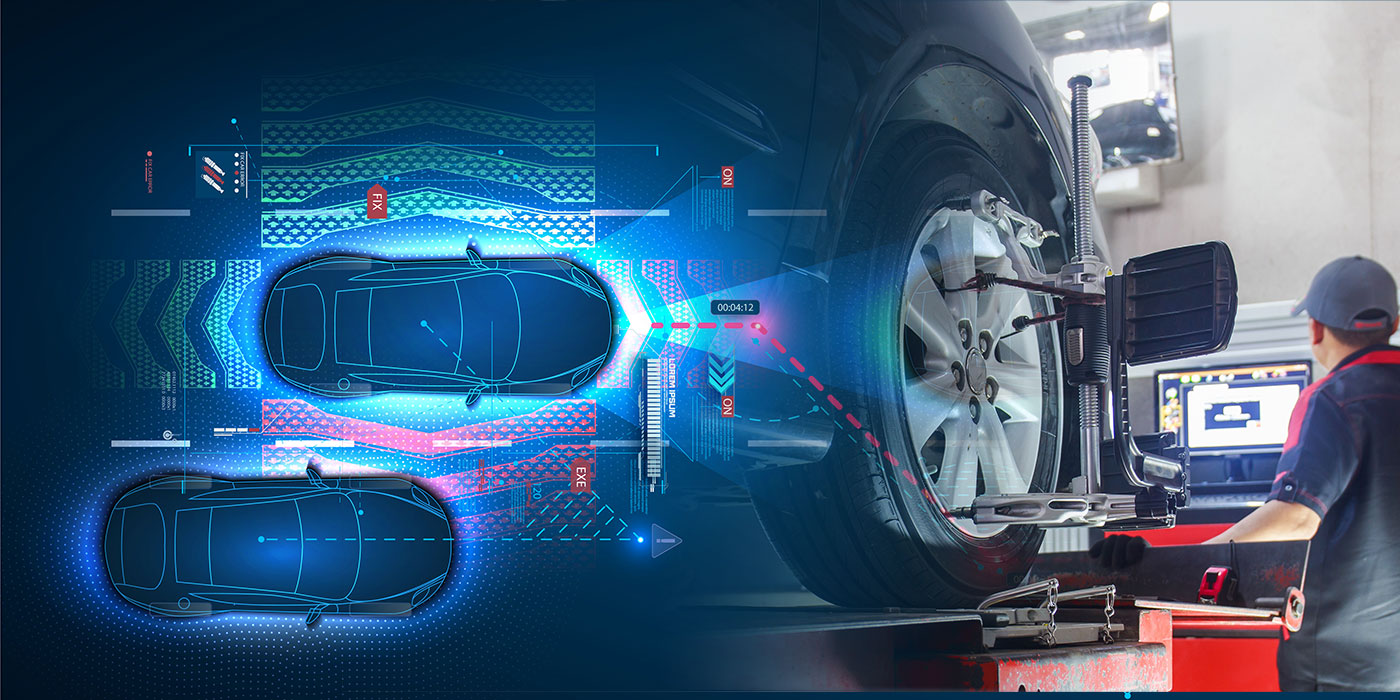The auto glass industry, like all segments of the automotive industry, has changed over the past few years due to advancements in electronics technology in vehicles, particularly advanced driver-assistance systems (ADAS). With the proliferation of these systems in vehicles today, auto glass has had to rework the business model it has followed for many years. Calibrations and requirements for the space they’re performed in, such as level surface, lighting, etc., have drastically changed how the entire automotive repair industry operates. Mobile auto glass replacement, where customers could get a windshield replaced at their home or place of work, was the norm for so many years. Now, however, it has given way to brick-and-mortar locations to accommodate the static calibration process for windshield replacement on vehicles equipped with ADAS.
Calibrations have also required shops to make significant investments in tools and equipment. For auto glass, these increased costs have raised the bar for any company entering the business. Some auto glass companies have opted not to purchase the tooling and instead use sublet services to do the calibrations, allowing them to focus just on the glass replacement part of the complete windshield replacement process. This new working model versus the old one of working out of the back of a pickup or van all day is changing the landscape for many glass companies and has opened the door for many collision shops to add windshield replacement services to their list of internal operations.
Consumer Confusion
This change from how windshields have been replaced in the past has confused many consumers who are used to receiving mobile service at their work or home. Auto glass companies find themselves educating consumers on what a calibration is and why it’s needed for their windshield replacement during the initial phone call. This communication will need to be approached carefully, as consumers seem to be somewhat skeptical of what is happening. It also doesn’t help when some glass companies misrepresent the process and give out misinformation. In a recent survey call of glass companies, it was found that many shops believe the myth that if you do not disconnect the camera from the vehicle during a windshield replacement, a calibration is not needed. I personally have heard that from so many shops that I understand why consumers are so confused and do not know who to trust when looking for auto glass replacement.
Let’s add to this the sticker shock for the consumer. With the advent of ADAS in vehicles, the calibration has added cost to the windshield replacement. Where an average cost of a windshield replacement just a few years ago might have figuratively been $325, now you’re looking at $700 to $1,000. Due to added parts on the glass during manufacturing for the ADAS components, just the windshield price itself has dramatically increased. With inflation and living costs rising for families every day, shops are telling me that vehicle owners want to bypass the calibration to save on the windshield replacement cost. I would strongly suggest to shops who are not completing the calibrations due to the customer’s wishes to ask their legal team if this is a good plan of action.
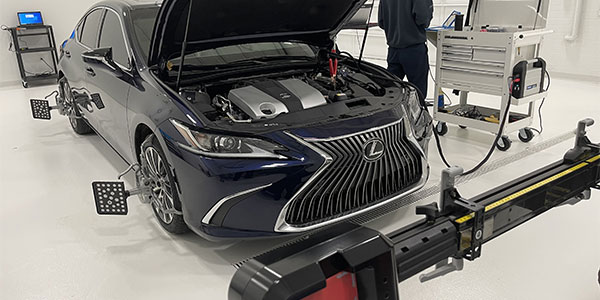
The rise in claim severity also has insurance companies looking at the cost of windshield replacement. For many years, consumers have carried deductibles of, say, $500 or $1,000. Generally, most windshield replacement costs were under the deductible amount. Policyholders figured it was better to pay for windshield replacement and pay the cheaper insurance rates on their policies than to have full glass coverage. Today, more families are filing claims due to the increased costs of windshield replacement exceeding their deductibles. I am not a risk management person by any means, but I’m willing to bet it will influence how insurance rates are established.
All these challenges related to the rising cost of windshield replacement will drive ways to reduce the cost to consumers or the number of times a windshield will need to be replaced. Windshield chip repair for rock chips and small damage to windshields has a much more relevant impact on saving costs to the consumer and/or the insurance industry. Companies that have not focused on chip repairs may find themselves at a disadvantage. It’s a great marketing strategy to build customers for life and save costs to families, but keep in mind that every time a chip repair is not done correctly or is not successful in extending the life of that windshield, the company’s reputation may take a hit relating to insurance key performance indicators (KPIs) or even on social media from customers.
Rising Costs
The transition from mobile glass at work or home to needing a specific location to calibrate windshields correctly adds overhead to the auto glass companies. That cost, along with the cost of equipment and training, and higher prices for glass have impacted the auto glass industry’s operational costs and also the cost to consumers. A silver lining has been the proof of concept to the industry that dealer glass is not the only option for windshield replacements. Non-dealer glass has proven to be a viable source for auto glass to keep some operational costs down during windshield replacements.
Every day, vehicles have windshields replaced using non-dealer glass, and calibrations are completed successfully. However, this has been hit or miss depending on the specific glass manufacturer. It only takes a minor change in quality control to mismount a bracket for the forward-facing camera and render the windshield useless in performing a calibration and making the ADAS features inoperable. This has been a problem plaguing the auto glass industry. The flaw is usually never found until the calibration is attempted after the glass is installed. This requires reinstalling with a different-sourced glass, frustrating the glass company and the customer. And trust me, dealer-sourced glass has the same issues, although it more consistently results in successful calibrations.
Technician pay has also become a hot topic in the glass industry as technicians are gaining new calibration skills that they find marketable in different industries, such as companies that do calibrations for collision centers. Could a glass technician make the jump to ADAS/diagnostic technician? It is possible, but it will take some time to gain the skills and experience necessary. This has led to glass companies competing for technicians with companies that provide calibrations or diagnostics to body shops and mechanical shops. When the technician takes a look at the difference between the fields, a decision must be made as to what type of career that technician wants. The world of calibrations has opened up a whole new career field that offers a great deal of opportunity that was never there before for auto glass specialists.
New Competition
The new business model for auto glass has opened the door for many collision shops to enter the retail auto glass business. Many shops have installed their own glass for years during collision work, but now with calibrations added to glass replacement and the calibrations collision shops are doing as part of collision work, it makes sense for collision shops to get into the game — especially since they already have the bricks and mortar necessary and are dealing with ADAS calibrations daily. This all makes for an easy transition to adding auto glass services.
Experience Matters
As auto glass companies learn more and more about the calibration process, they realize that the learning curve to do calibrations correctly is high. Knowing how to set up the correct environment, properly set up a vehicle and secure the right tools or software to complete the calibration are variables that change for each vehicle manufacturer, year, make and model of vehicle. Technicians have to be able to do the calibration but also reason through when calibrations fail. Is it a failure of the software or is it a technician error? Most auto glass companies are using aftermarket systems due to the cost of purchasing all the OE software and tooling, making new car coverage an issue, since many aftermarket systems require time to update their software. The changes and variables occurring on every new model car require experience to reason through and follow directions in the service information.
Parts in older vehicles that have been on the road for a period of time are now starting to show wear and tear. Some vehicle manufacturers’ equipment, such as cameras, are facing degradation of operation after going through all the shock and vibrations of being on the road. Technicians understanding the importance of the pre-repair scan and doing it before the windshield installation as well as understanding what diagnostic trouble codes (DTC) mean and how they apply to what they’re going to be doing for the calibration is a critical piece in the calibration learning curve. Without understanding what DTCs are and how they relate to the calibration process, technicians may find themselves struggling to complete a calibration. When this happens, technician and also customer frustration escalates as the vehicle repairs take much more time than what everybody anticipated or was communicated to the customer. When this happens, the customer’s mistrust and skepticism toward the company performing the calibration grows. This skepticism hurts the company’s reputation and could possibly lead to them never using that company again.
Summary
There is so much more to add to the changes occurring in the auto glass industry. Like other facets of the automotive repair industry, we’re all still learning and trying to keep up with all the changes. That too is new to many of us repairing vehicles. Research has to be done to keep up with and know what changes have happened and will occur in the near future. One thing is for sure: The industry will keep changing. It will be an interesting adventure for all of us. So, sit down, buckle up, and enjoy the ride.

